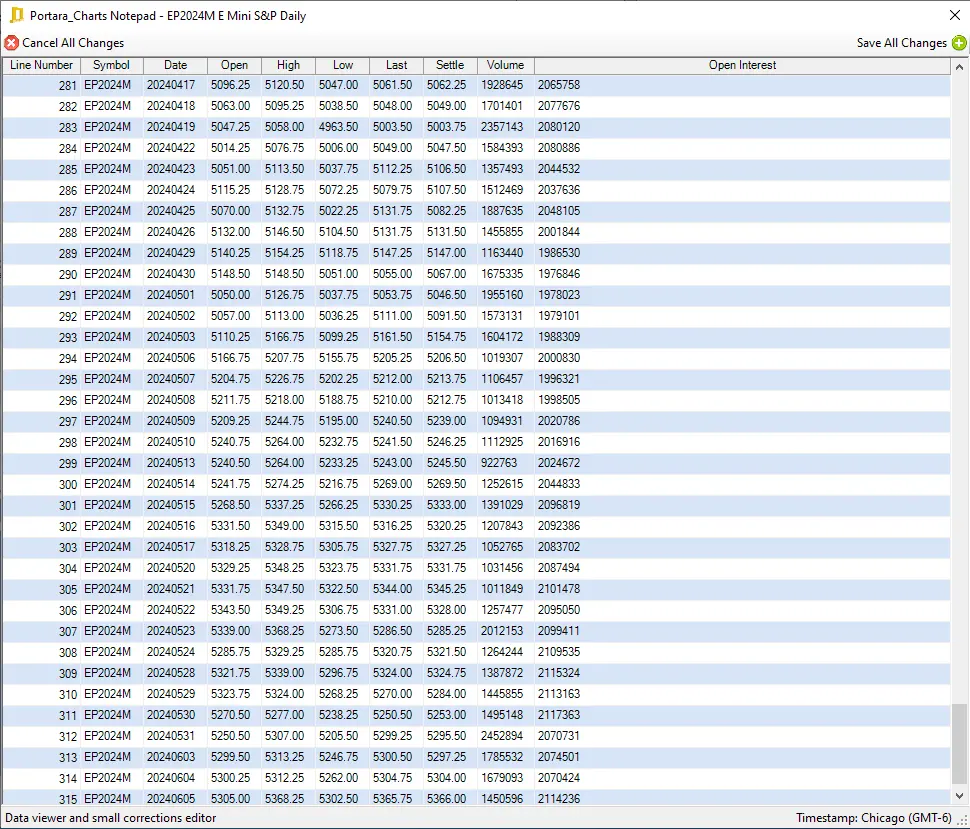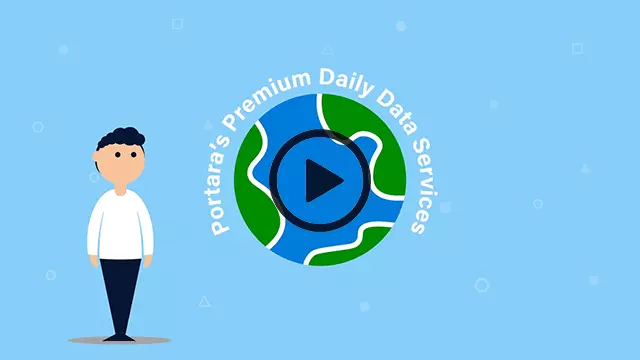What is daily data & Why is it important?
Daily data is a vital aspect of the financial and commodities markets, providing traders, investors, and analysts with crucial information about the trading activities of futures contracts on a day-to-day basis. This data encompasses various metrics and insights that help market participants make informed decisions, manage risks, and strategize effectively.
Key Components of Daily Data
Price Data:
- Opening Price: The price at which a futures contract begins trading when the market opens.
- High and Low Prices: The highest and lowest prices reached by a contract during the trading day.
- Closing Price: The last price at which the contract is traded before the market closes.
- Settlement Price: The official closing price determined by the exchange, used for marking positions to market and calculating daily gains and losses.
Volume Data: The total number of contracts traded during the day. High volumes typically indicate strong interest and liquidity in the market, while low volumes may suggest lower liquidity and potential volatility.
Open Interest: The total number of outstanding futures contracts that have not been settled. Open interest data helps in understanding the flow of money into and out of the futures market, indicating the strength of market trends.

Importance of Daily Data
- Market Analysis and Forecasting
- Risk Management
- Decision Making
- Liquidity Assessment
- Regulatory Compliance
- Strategic Planning
Where to find daily data
One option is to use a trading platform such as ninjatrader, which provides this data as part of its service. Many platforms offer historical data as a premium feature, so traders may need to pay a fee to access it. Another option is to use a data provider that specializes in historical market data, such as PortaraCQG. You can browse our full range of daily data by visiting our Daily Database.
Conclusion
Daily data is a cornerstone of the futures markets, providing a comprehensive view of trading activities and market conditions. By leveraging this data, market participants can enhance their market analysis, improve risk management, make informed decisions, and strategically plan their trading and investment activities. Understanding and utilizing daily futures data is essential for success in the dynamic world of futures trading.

Comments
Post a Comment